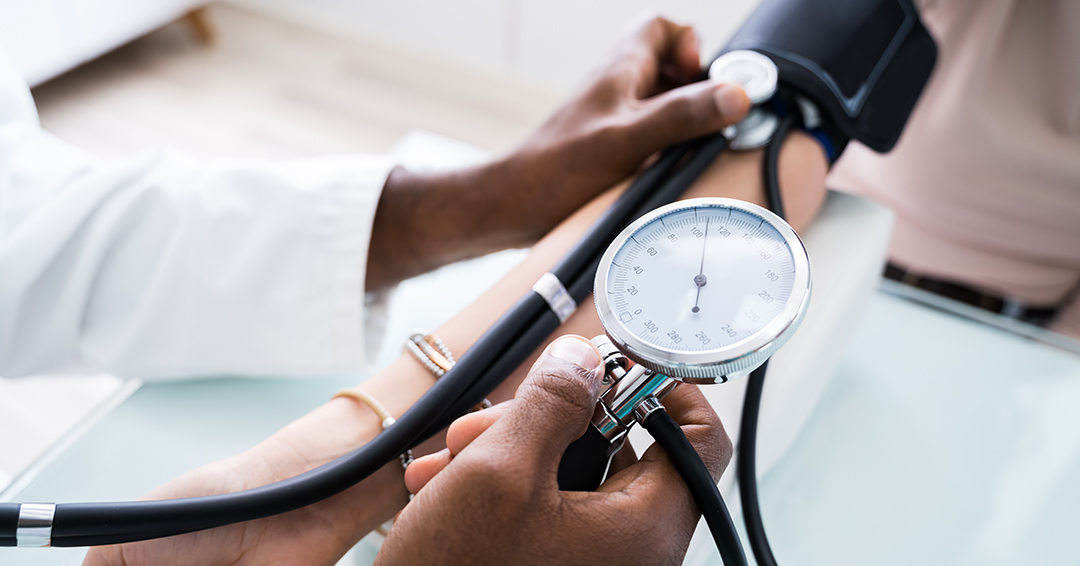
Researchers uncover how endothelial cells sense and respond to loss of function, offering insights into vascular health and potential new treatments for hypertension
When blood vessels become damaged or dysfunctional, serious health conditions can arise, including high blood pressure (hypertension), heart disease, and pulmonary hypertension—a condition where the blood pressure in the lungs is too high.
Researchers at the Research Institute of the McGill University Health Centre (The Institute) have discovered a new way that blood vessels protect themselves. Their study, published in the journal Hypertension, reveals how two specific molecules work together to maintain healthy blood vessels.
Rhian Touyz, PhD and her team have identified a previously unrecognized interaction between Ang-(1-7) (a molecule that helps regulate blood pressure and has protective effects on blood vessels) and Endothelin-1 (ET-1), a molecule that can cause blood vessels to constrict and increase blood pressure. This interaction enhances the protective effects of Ang-(1-7) and helps counteract the harmful effects of ET-1.

The discovery
In studies with mice that had pulmonary hypertension, treatment with Ang-(1-7) improved the condition of their blood vessels. Further laboratory experiments with human endothelial cells showed that when Ang-(1-7) binds to the Mas receptor on the cell surface, it enhances the production of nitric oxide through its interaction with the endothelin B (ETB) receptor. Nitric oxide helps blood vessels relax and promotes improved blood flow. The researchers also identified specific compounds that can strengthen the interaction between the Mas and ETB receptors, suggesting potential new treatments for vascular diseases.
“The identification of the Mas-ETB receptor interaction as a vasoprotective mechanism opens new avenues for therapeutic interventions targeting vascular damage,” said Augusto Montezano, first author of the paper, and a member of the Cardiovascular Health across the Lifespan (CHAL) Program at The Institute. “By promoting the coactivity between these systems, it may be possible to amplify Ang-(1-7) signaling, enhance ET-1/ETB receptor-mediated vascular actions in endothelial cells, and mitigate the injurious effects of ET-1.”
Collaborative effort
The path to this discovery involved over a decade of collaborative research across multiple institutions and countries. Initial observations at the University of Ottawa sparked interest in the protective effects of Ang-(1-7). Subsequent research in the UK, in partnership with experts in pulmonary hypertension and protein interactions, facilitated the development of agents that can modulate the receptor interaction.
“The culmination of this work occurred at The Institute,” said senior author Rhian Touyz. “Advanced techniques were needed to study receptor interactions, and we thank Stephan Laporte for his contributions in this area. The broad ranging and international nature of this project underscores the importance of collaborative, interdisciplinary research in achieving scientific breakthroughs.”
Next steps:
The research team is now focused on refining these compounds and testing their effectiveness in treating hypertension and related cardiovascular diseases. Their ongoing efforts aim to translate these findings into clinical applications that could significantly improve patient outcomes.
Funding Acknowledgment:
This study was supported by the British Heart Foundation, the Walton Fellowship on Cardiovascular Medicine from the University of Glasgow, the Canada Research Chair/Canadian Foundation for Innovation award, and grants from the Canadian Institutes of Health Research (CIHR). PhD studentships from the Biotechnology and Biological Sciences Research Council and the British Heart Foundation also contributed to this research.
Related news
New guidelines to better identify people at risk of heart attack and stroke
International awards for three cardiovascular health researchers from the RI-MUHC
